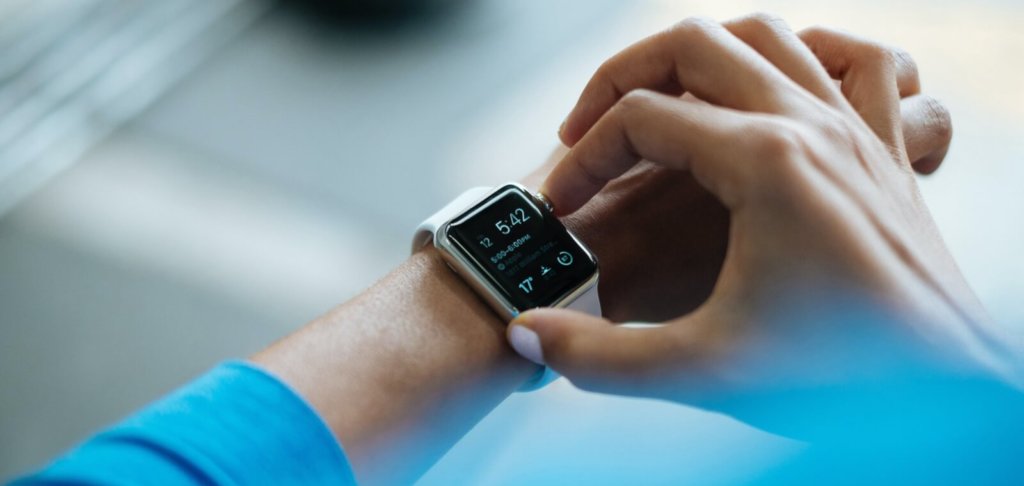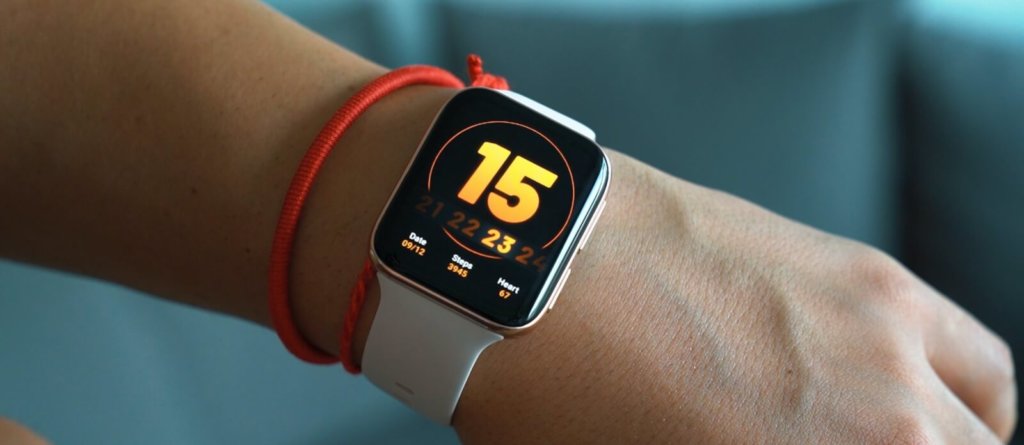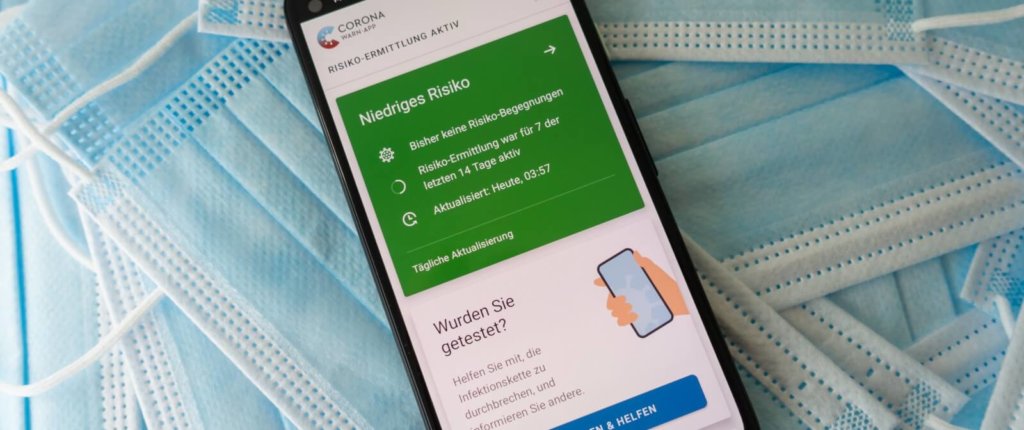 Like all things, technology is evolving every industry. And, although healthcare may have held a long-time bad reputation to be slower to adapt to the digital revolution.
Like all things, technology is evolving every industry. And, although healthcare may have held a long-time bad reputation to be slower to adapt to the digital revolution.
Fortunately, for patients, clinicians, and healthcare organizations, the ushering in of mHealth and subcategories of remote healthcare has proven that old reputation wrong.
We here at Dogtown Media, pride ourselves on being one of the top mHealth app development firms in the country. And in holding this position, we’ve witnessed a major shift in the adoption of mHealth services pre and post COVID-19. With a presence in major cities around the world including New York City, we feel it’s our duty to follow these trends closely, and provide the best possible support for organizations as they navigate bringing new mHealth solutions to the market in this ever-evolving business environment.
What is mHealth?

Simply put, telehealth is the merging of technology and healthcare delivered via a mobile app. This started as a way for patients to gain simple health information or track their eating and health habits, but over time mHealth has evolved into a multimillion-dollar industry. Whether it’s over the phone, computer or tablet, mHealth’s use of technology to facilitate healthcare services has transformed how users access critical healthcare information.
Today, there is an absolute myriad of applications in mHealth. From offering remote doctor’s consultations over an app to accessing critical health information, mHealth has vastly improved nearly every facet of healthcare. Now, while mHealth and other parallel digital healthcare services have grown over the recent years, the COVID-19 pandemic sent mHealth adoption into the stratosphere.
In this piece, we’ll take a look at some of the trends in mHealth with the aim to get a good understanding of how the mHealth industry may evolve in the coming years.
mHealth trends before COVID-19
 mHealth apps have always been an invaluable tool for patients, clinicians, and healthcare organizations even pre-dating the COVID-19 pandemic. Pre-Covid, some of the most popular mHealth apps delivered key health metrics such as the iPhone Health app which has been pre-loaded on every iPhone since 2014.
mHealth apps have always been an invaluable tool for patients, clinicians, and healthcare organizations even pre-dating the COVID-19 pandemic. Pre-Covid, some of the most popular mHealth apps delivered key health metrics such as the iPhone Health app which has been pre-loaded on every iPhone since 2014.
Per Apple, “The Health app was created to help organize your important health information and make it easy to access in a central and secure place. With the release of iOS 15, we’re adding features to empower you even more. There are new ways to share data with your loved ones and healthcare team, a metric to assess your walking steadiness and risk of falling, and trend analysis to help you understand changes in your health.”
Some of the stats regarding mHealth and telehealth prior to the COVID-19 pandemic:
- Telehealth which later ushered in mHealth applications is nothing new. The concept of remote medical care was mentioned as early as 1879 in a Lancet article that addresses using a telephone to reduce unnecessary office visits. (Institute of Medicine, 2012)
- In as early as 1925, doctors were performing diagnoses for patients over radio communication. (Institute of Medicine, 2012)
- 43% of survey respondents don’t know if telehealth services were offered by their healthcare providers pre-pandemic. (SingleCare, 2021)
mHealth trends Following COVID-19
 mHealth and general telehealth services absolutely skyrocketed following the COVID -19 pandemic. To explore this phenomenon, we’ve referenced statistical data aggregated from McKinsey
mHealth and general telehealth services absolutely skyrocketed following the COVID -19 pandemic. To explore this phenomenon, we’ve referenced statistical data aggregated from McKinsey
- Telehealth and mHealth application use has stabilized at levels 38X higher than before the pandemic.
- Consumer and provider attitudes toward mHealth have improved since the pre-COVID-19 era.
- Some regulatory changes that facilitated expanded use of telehealth have been made permanent, for example, the Centers for Medicare & Medicaid Services’ expansion of RTM codes have improved insurance coverage of remote healthcare services
- VC/company investment in digital health has grown dramatically – 3X the level of venture capitalist digital health investment in 2020 than it had in 2017.
- mHealth trends showed a 154% increase in telehealth visits during the last week of March 2020, compared to the same period in 2019. (CDC, 2020)
Telehealth’s Future: Anticipating and Addressing Present Limitations
 Although mHealth is undoubtedly here to stay, there are some challenges that need to be addressed. With such explosive growth, there are of course going to be some growing changes. These challenges vary based on geographical location as well as demographic, but there are some general trends seen in the market.
Although mHealth is undoubtedly here to stay, there are some challenges that need to be addressed. With such explosive growth, there are of course going to be some growing changes. These challenges vary based on geographical location as well as demographic, but there are some general trends seen in the market.
Currently, digital health faces the following challenges:
- Insurance reimbursement – there is a need for more comprehensive insurance codes to ensure all digital health tech is covered, even the tech used remotely.
- Some people will always prefer in-person consultations, and for that, there needs to be comprehensive in-person and remote support
- Limited access to technological devices required for telehealth communications may prevent some patients and providers from connecting.





